Japanese Maples
Well known and loved, Japanese Maples are in my opinion a plant that we couldn’t do without. There are so many to choose from. They’re all deciduous and ever changing through the seasons. I have a selection planted amongst palms, bamboos and birches creating a mixture of purples, oranges, reds and yellows amongst the structure of the exotic evergreens, absolutely stunning. Hardy and much easier to grow than many believe. The trick is starting with strong healthy plants and good advice – both of which we have.
-
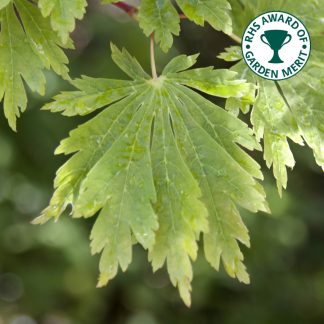
Acer japonicum ‘Aconitifolium’
-

Acer palmatum dissectum ‘Stella Rossa’
-
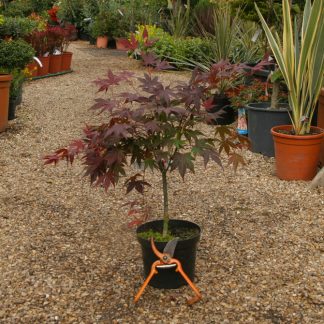
Acer palmatum ‘Atropurpureum’
-

Acer palmatum ‘Fireglow’
-
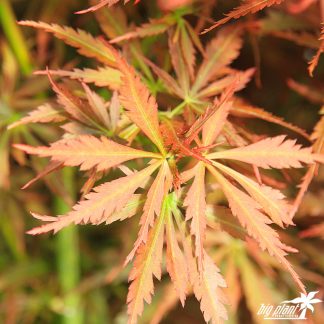
Acer palmatum ‘Jerre Schwartz’
-

Acer palmatum ‘Katsura’
-

Acer palmatum ‘Koto-no-ito’
-

Acer palmatum ‘Little Princess’
-
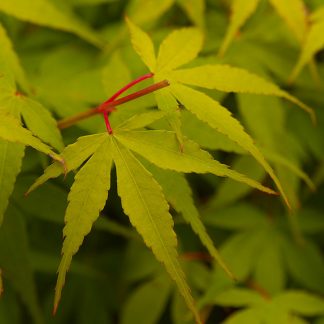
Acer palmatum ‘Orange Dream’
-
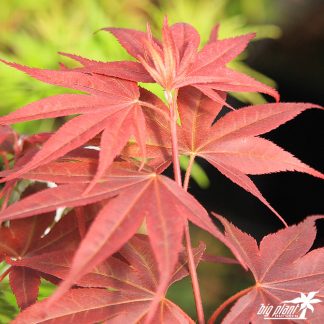
Acer palmatum ‘Pixie’
-
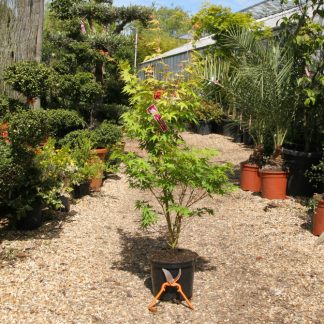
Acer palmatum ‘Sangu Kaku’
-

Acer palmatum ‘Shishigashira’
